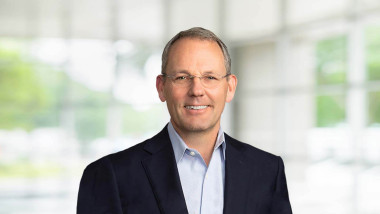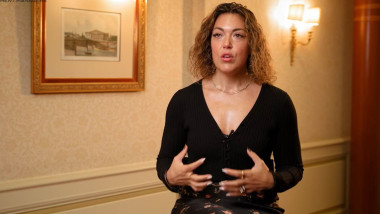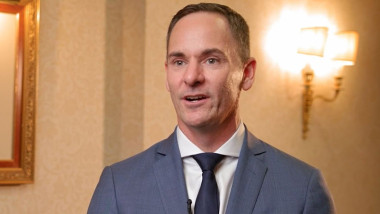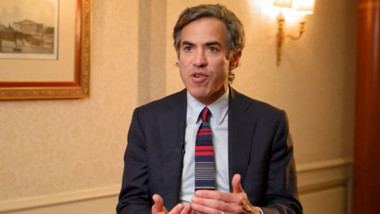3 minutes with… Mathilde Dufour, Mirova

|
|---|
With regards to biodiversity, we have learned a lot from climate – specifically, that we don't have to wait until we have the perfect data to start pushing ahead.”
When did you begin your career in sustainable investing?
The desire to work in sustainable development goes back to my time as a student. In the early 2000’s there was no specific university course for those wanting to forge a career in this area. Yet I was convinced early on that finance would be a strong influence for having an impact on sustainability.
I started my career in sustainable finance working for an ESG rating agency in 2007. In those days there were only a few of us working in the area of ESG and we didn't have many frameworks to rely on. It was while working for this agency, I felt strongly about crossing over to the asset management industry, where the investment decisions were made.
I joined Natixis Asset Management [now Ostrum AM] as an ESG analyst when sustainable finance was still in its infancy, before the Paris agreement for climate, the UN-Sustainable Development Goals, and so on. Then I was lucky enough to be part of the Mirova adventure, with the creation of the business unit, the brand, and the asset management company.
How does sustainability continue to motivate you?
We are really at a crossroads today. Compared to 5 or 10 years ago, everybody's doing ESG now to some extent. And while that is a good thing, we are also at a stage where it is not sufficient.
In addition, we have a lot of greenwashing risks and we are really under the spotlight. I'm quite optimistic on the fact that everything is moving quickly. People are becoming more aware of the climate-related issues, and the knowledge relating to ESG keeps growing. But we still need to go a step further.
We’re moving to a place where we’ll have access to more, better quality data, which is encouraging. And we'll also have to tackle more challenges, coming from client demand and a wider group of investors.
But we need to make the necessary changes in our industry to maintain our credibility over time. This is the big challenge. So, while we have more tools than we have ever had before, we need to use them effectively.
What makes Mirova different from other sustainable investors?
First, our approach is a purely sustainability driven. I lead a large sustainable research team that comprises real experts in sustainability. This helps us be innovative in the way we build products.
Second, at Mirova we can have a positive influence on the industry and use our collective power to advocate for more sustainable finance. For instance, through the direction of our CEO, Philippe Zaouati, we have been involved in the High Level Expert Group on Sustainable Finance which helped shape the current European legislation.
As for me, I'm part of the Taskforce on Nature-related Financial Disclosure (TNFD), which is the equivalent of Taskforce for Climate-related Financial Disclosure (TCFD), but for nature. It is also an example of how we collectively build strong reporting or analytical frameworks to advance on this new theme of biodiversity and nature.
Third, we consider the wider impact of our products at the industry level. We use our expertise to make sure that the way we operate internally is also done in a sustainable way.
What can you apply from the learnings of climate-related challenges when it comes to sourcing better data on biodiversity?
We recently launched a call for expressions of interest to have a provider help us to develop a global database of avoided emissions factors and associated company-level avoided emissions. We are still lacking information on companies that decarbonize their activity and bring solutions to climate change. So, I’d say we’ve still a lot to learn on climate, and we want to continue to be innovative and go a step further.
With regards to biodiversity, we have learned a lot from climate – specifically, that we don't have to wait until we have the perfect data to start pushing ahead. We can work with estimates, proxies and some unperfect data, and that is already enough to start investing in the right direction. Because actually, what we are expecting from that data is simply guidance on what choices we want to make.
Of course, it is more difficult to set metrics for biodiversity compared to climate. There is not one single metric. We don't have the equivalent of greenhouse gas emissions, impacts are more localised and multi-dimensional – such as water, air, soil, species, and so on.
However, we can still have a good understanding of which sectors are the most impactful on biodiversity, and the regions where we should be more careful. We are already in possession of useful data, now we need to use it effectively to make progress on biodiversity-related investments.
DR-59502




 Global Corporate Bonds – Attractive Yields but Thin Risk Premium
Global Corporate Bonds – Attractive Yields but Thin Risk Premium


